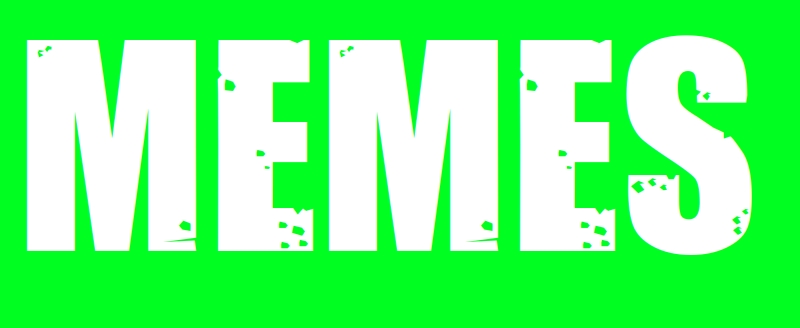

I’d love to see US bases go, but I’m not convinced a lack of trust in America would be the tipping point when they haven’t behaved in a trustworthy way ever really. America would find some way to make any country that rejected a US military presence experience difficulty, be that via tariffs or vague threats about their military absence.













I mean as a first language speaker, it is.